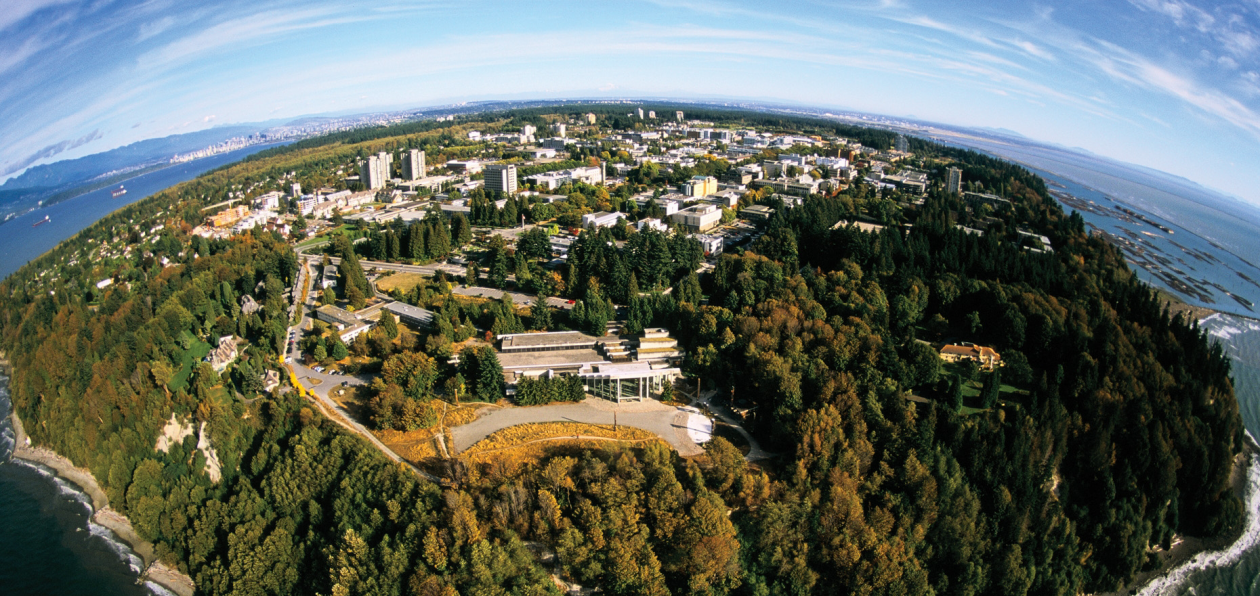What ideas are used to create a safer, inclusive and respectful environment?
There are many more opportunities for injury in the gymnasium and therefore, PE teachers must be very thoughtful and careful and ensuring the safety of all students. The use of space and equipment should take into consideration and possible risks for injury and how they can be addressed. The space should be able to accommodate all students and the activity they will be engaged in. If the space is too small, the teacher should either adapt their activity or the area of participation in order to create a safe, inclusive, and respectful environment. The equipment used should be appropriate for the students’ age/abilities (plushy balls as apposed to medicine balls in elementary grades) and the use of helmets, padding, and other safety equipment should be used whenever required.
Furthermore, teachers should have a zero tolerance policy for bullying and aggressive behaviour. When game play becomes too competitive then the activities not only fail to be inclusive, but there is an increased risk of injury. Therefore, teachers must provide close supervision in order to monitor students’ behaviors.
Overall, paying attention to details and developing thoughtful, carefully planned activities are elements in creating a safe space for students. Knowing what to do in case of injury is another crucial detail for learners’ safety. Teachers should always know emergency procedures and have quick and easy access to first aid care/equipment.
What are legal responsibilities of educators in a range of movement contexts?
The “law of torts” concerns educators because it “is concerned with the compensation of losses suffered by private individuals” (Robinson & Randall, p.179). Therefore, if a student sustains injuries under the supervision of an educator, the teacher may be responsible for the financial compensation of the losses incurred. This can occur when a student sustains injuries on account of a teacher’s negligence. Therefore, it is the educator’s responsibility to predict any potential harm that may occur under their supervision and take any/all steps necessary to avoid (or in the least, minimize) these risks. One way for teacher’s to avoid unnecessary risks in PE is by educating students on the safety and rules involved in class activities. Ensuring that all students have a firm understanding on how to properly and safely utilize the equipment and space of the class should be a pre-requisite for student participation. Furthermore, it is the teacher’s responsibility to store equipment in a safe and secure manner so that it does not pose a threat to anyone’s wellbeing.
As discussed in the previous guiding question, it is also the teacher’s responsibility to monitor students’ behaviours in order to ensure the safety of all. If students have a history of unsafe behaviours, measures should be taken in order to ensure that the student does not pose a safety risk to themselves or the others in the class. As well, activities should be safe and appropriate for the students’ physical and mental abilities.
How do I approach gymnastics with limited resources?
Although the use of specialized equipment can enhance gymnastics in PE, there are many activities that can still be done without the use of equipment. For example, running, jumping, rolling, and balancing require very little (if any) special resources. Other equipment such as balls, hoops, ropes, and ribbons are inexpensive and easily acquired. In this sense, if a teacher is able to think, “out-side the box” and take a creative approach to gymnastics, the curriculum should be easily adapted to the use of limited resources. For example, most schools or public parks have playground equipment that can easily be adapted to fit in with a gymnastics lesson.
“Body control is the major objective of gymnastics; efficient movement is necessary in a variety of situations, both on the floor and when using an apparatus” (Robinson & Randall, p.214). This statement helps to convey the idea that assuming specialized equipment is needed for meaningful gymnastics is a misconception.
